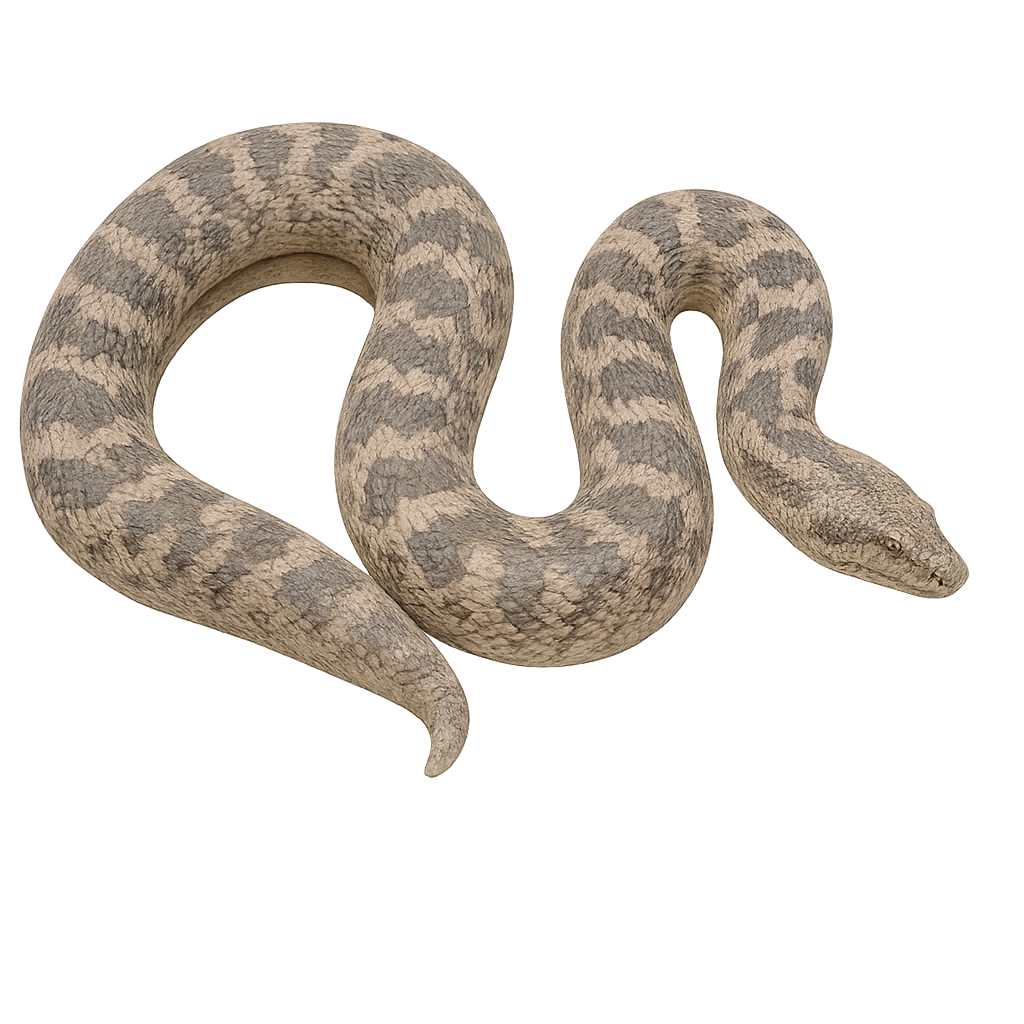Your wildlife photography guide.
Explore the javelin sand boa in detail, study its behavior, prepare your shots.
Where to observe and photograph the javelin sand boa in the wild
Learn where and when to spot the javelin sand boa in the wild, how to identify the species based on distinctive features, and what natural environments it inhabits. The WildlifePhotographer app offers tailored photography tips that reflect the javelin sand boa’s behavior, helping you capture better wildlife images. Explore the full species profile for key information including description, habitat, active periods, and approach techniques.
Javelin sand boa
Scientific name: Eryx jaculus

IUCN Status: Least Concern
Family: BOIDAE
Group: Reptiles
Sensitivity to human approach: Suspicious
Minimum approach distance: 2 m
Reproduction period: November to December
Incubation: 5 mois
Births: November to December
Habitat:
Deserts, steppes, savannas
Activity period :
Mainly active at night, generally discreet during the day.
Identification and description:
The Javelin sand boa, Eryx jaculus, is a non-venomous snake from the Boidae family, primarily found in the arid and semi-arid regions of North Africa, the Middle East, and Central Asia. This small snake, usually measuring between 40 and 80 cm, is known for its stout body and slightly flattened head. Its coloration ranges from brown to beige, often with spotted patterns that allow it to effectively camouflage in its sandy environment. Eryx jaculus is an opportunistic predator, feeding mainly on small rodents, birds, and lizards. It is primarily nocturnal, spending the day buried in the sand to protect itself from the heat.
Recommended lens:
Macro – adjust based on distance, desired framing (portrait or habitat), and approach conditions.
Photography tips:
To photograph the Javelin sand boa, it is advisable to use a macro lens to capture the details of its skin and distinctive patterns. Approach slowly to avoid startling it, as it is naturally suspicious. Opt for evening or early morning hours when the light is soft and the snake is more active. A tripod can be helpful to stabilize your camera, especially in low light conditions. Be patient and wait for it to emerge from the sand to get more dynamic shots.
The WildlifePhotographer App is coming soon!
Be the first to explore the best nature spots, track rutting seasons, log your observations, and observe more wildlife.
Already 1 432 wildlife lovers subscribed worldwide

